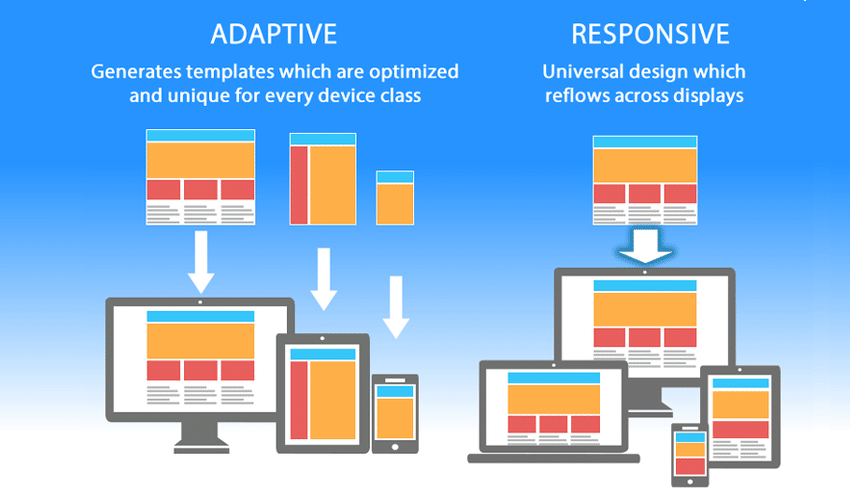How to Improve User Experience with Responsive Web Design
In today’s digital age, having a responsive web design is crucial for creating an optimal user experience. With the increasing use of mobile devices and various screen sizes, it’s essential for websites to adapt and provide a seamless experience for users regardless of the device they are using. In this article, we will explore the importance of responsive web design and provide tips on how to improve user experience through responsive design.
The Importance of Responsive Web Design
Responsive web design is the practice of creating websites that can adapt to different screen sizes and devices. With the rise of smartphones and tablets, more and more people are accessing the internet on mobile devices. This means that websites need to be able to adjust to various screen sizes to provide a user-friendly experience.
Having a responsive web design not only improves user experience but also helps with search engine optimization. Search engines like Google prioritize mobile-friendly websites in search results, so having a responsive design can help improve your website’s visibility online.
Tips for Improving User Experience with Responsive Design
1. Prioritize Mobile Design
When designing a website, it’s essential to prioritize mobile design. This means creating a layout that looks good and functions well on smaller screens. Consider using a mobile-first approach, where you design your website for mobile devices first and then scale up for larger screens.
Make sure your website’s navigation is easy to use on mobile devices, and that buttons and links are large enough to tap with a finger. Consider using responsive design techniques like fluid grids and flexible images to ensure that your website looks good on any screen size.
2. Optimize Page Load Speed
Page load speed is crucial for mobile users, as slow-loading websites can lead to high bounce rates. Make sure your website is optimized for speed by compressing images, minifying CSS and JavaScript files, and using browser caching. Consider using a content delivery network (CDN) to serve your website’s content from servers closer to your users, which can help improve load times.
3. Test Your Website Across Devices
One of the best ways to ensure your website is responsive is to test it across various devices. Use tools like Google’s Mobile-Friendly Test or BrowserStack to see how your website looks on different screen sizes. Make sure to test your website on both iOS and Android devices, as well as different browsers, to ensure a consistent experience for all users.
4. Implement Responsive Images and Videos
Images and videos can significantly impact load times on mobile devices. Use responsive images and videos on your website to ensure they scale down appropriately on smaller screens. Consider using CSS media queries to serve different image sizes based on the user’s device. This can help reduce load times and improve user experience.
5. Use a Responsive Framework
If you’re building a website from scratch, consider using a responsive framework like Bootstrap or Foundation. These frameworks provide pre-built components and grids that are designed to work well on any screen size. By using a responsive framework, you can save time and ensure your website is mobile-friendly from the start.
Conclusion
Responsive web design is essential for creating a positive user experience on all devices. By prioritizing mobile design, optimizing page load speed, testing your website across devices, implementing responsive images and videos, and using a responsive framework, you can improve user experience and ensure your website looks great on any screen size. Remember, a responsive website is not just a trend, but a necessity in today’s digital world.


